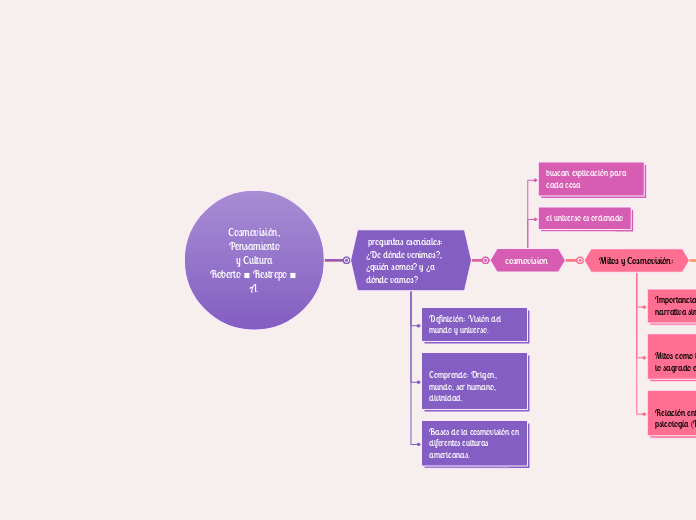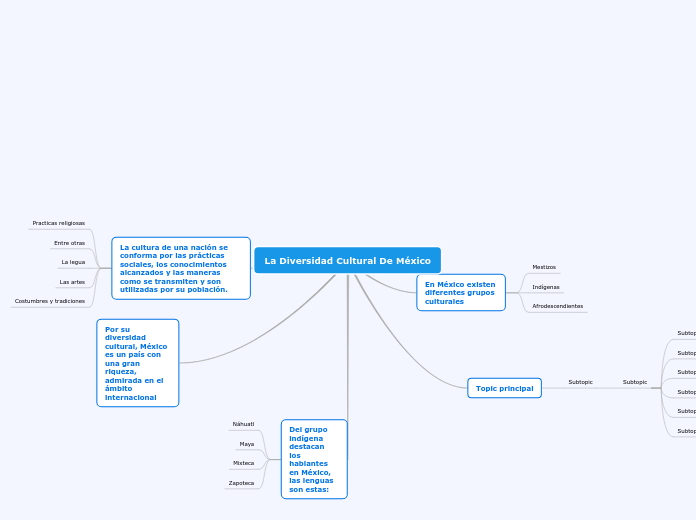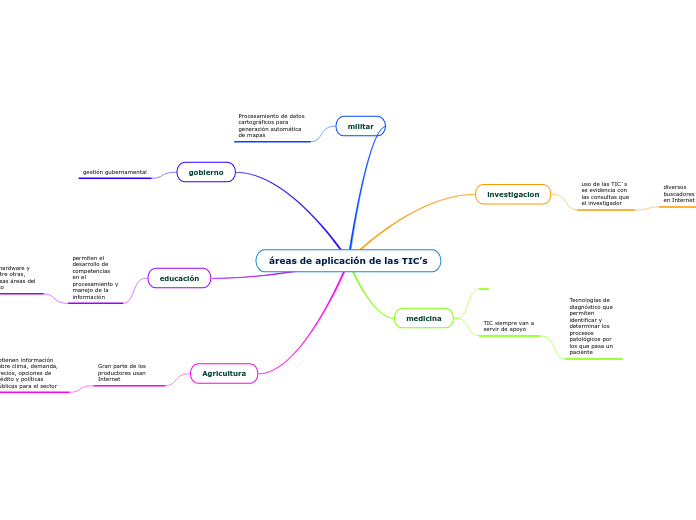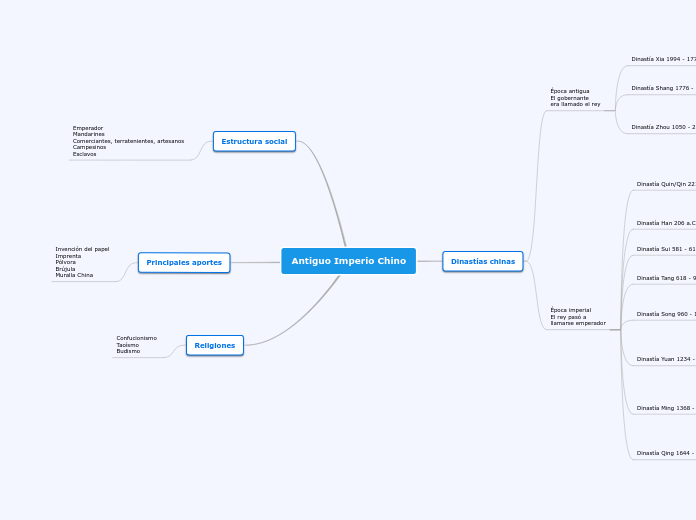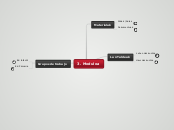Cosmovisión,
Pensamiento
y Cultura
Roberto ■ Restrepo ■ A.
Start your book report by typing in the Title and Author of the book you are presenting!
Roberto ■ Restrepo ■ A.
Relación entre Cosmovisión, Pensamiento y Cultura
Interacción entre las tres comunidades: natural, humana, deidades.
Cambio y adaptación de los sistemas simbólicos a lo largo del tiempo.
El lenguaje simbólico como base de la cultura.
Verdad y Educación
Contraste entre la educación actual y la visión americana de la verdad.
La educación como transmisión de significados y sistemas simbólicos.
Concepto de verdad relativa en la cosmovisión americana.
y Cultura
To understand the work, we must understand its origin. Type in the details of the book you are studying.
In this category, you can also include things like what is the recommended audience for the book, biographic details about the author, or bibliographic details about the book.
simbolos
son elementos que representan significados más profundos y conceptos abstractos
. Ayudan a comunicar ideas complejas de manera visual o conceptual.
Algunos símbolos tienen significados reconocibles en diversas culturas y lenguajes.
mitos
Relación entre mito y psicología (Freud, Jung).
Mitos como irrupciones de lo sagrado en el mundo.
Importancia del mito como narrativa simbólica.
creencias
Estas ideas varían significativamente según la cultura, la religión y las tradiciones de cada sociedad.
mplica nuestra realidad se construyo o recrea, cada accionar humano en el entorno
Pensamiento
The voice used to tell a story is known as the narrative voice, also known as 'Point of View'.
This is provided by the person(s) telling the story from their perspective.
It is a crucial tool and element in the work. If the author uses a variety of narrative voices and perspectives, readers will view and understand a story differently.
Pensamiento conocimiento emocional e intuitivo
- Is the narrative voice reliable? Why?
- Is a single person/character telling the story?
- How is this influencing your view of the story itself?
Necesidad humana de interactuar con el mundo concreto
- What person is the narration told at?
- How did you recognize this?
- What are the characteristics of this type of narrative voice?
tipo de vista de la cosmovision
Keep track of the most important points in the story using the topics above.
You can use the notes to give a short summary of these events.
ciencia
The resolution of the story involves tying up the loose ends of the climax and falling action.
In the resolution, the writer continues their thoughts on the story’s themes, and gives the reader something to think about after the last word is read.
filosofica
The author examines what happens after the climax in the falling action.
- Do new conflicts consequently develop?
- How does the story's climax make a statement about its main themes?
- How do the characters respond to the climax's permanent changes?
The falling action must move the story toward some sort of resolution and begin tying up loose ends from the primary conflict, while also exploring bigger ideas and themes.
religiosa
The struggle reaches its height in the story's climax, and we find out what happens to the key characters.
Consider the climax as the 'turning' point in the narrative, when the main struggle is addressed decisively.
Mitos y Cosmovisión:
The characters in a book are what drives the plot forward.
It is important to note the significance of a character and their action to the overall story.
- What are the main means of characterisation the author uses?
Use the topics below to write more information about the characters in the book!
Relación entre mito y psicología (Freud, Jung).
- Are there any significant episodic characters?
- How does encountering them change the main and secondary characters?
- How do they drive the book forward?
Mitos como irrupciones de lo sagrado en el mundo.
- Who are the secondary characters of the book?
- Are there any foils for the main characters amongst them?
- What do they bring to the story?
Importancia del mito como narrativa simbólica.
- Who are the main characters?
- Are they flat or round?
- Do they have justifications for their actions?
- What are their motivations?
Use the notes to write more details about the characterisation!
cosmovision
A book can span galaxies or single rooms. It can traverse through the past, present, and future, or can take place in a single day.
Type in the time and place of the action above.
el universo es ordenado
- Where does the action take place?
- Is it a geographical location in the real world?
- Is it a fantasy country or continent?
- Is it another planet?
buscan explicación para cada cosa
- When do the events of the book take place?
- Are there specific time references?
- Does the book span multiple days, months, or years?
Use the notes to write down the time references you find!
preguntas esenciales: ¿De dónde venimos?, ¿quién somos? y ¿a dónde vamos?
To understand the work, we must understand its origin. Type in the details of the book you are studying.
In this category, you can also include things like: the recommended audience for the book, biographic details about the author, or bibliographic details about the book.
Bases de la cosmovisión en diferentes culturas americanas.
Identifying the genre of a literary work is essential to understanding it's scope, themes, and point of view.
Write down the genre of the book you are studying here.
Comprende: Origen, mundo, ser humano, divinidad.
It is important to understand the time in which a work of literature was written to understand the language and 'identity' of the book.
Type in the original year of publication of the book you are studying.
Definición: Visión del mundo y universo.
Literary Currents, also known as Literary Trends, determine the common characteristics of different works written in a certain period of time.
Among these characteristics, we count style, themes, aesthetics and ideologies.
What literary current does this work fit into?
